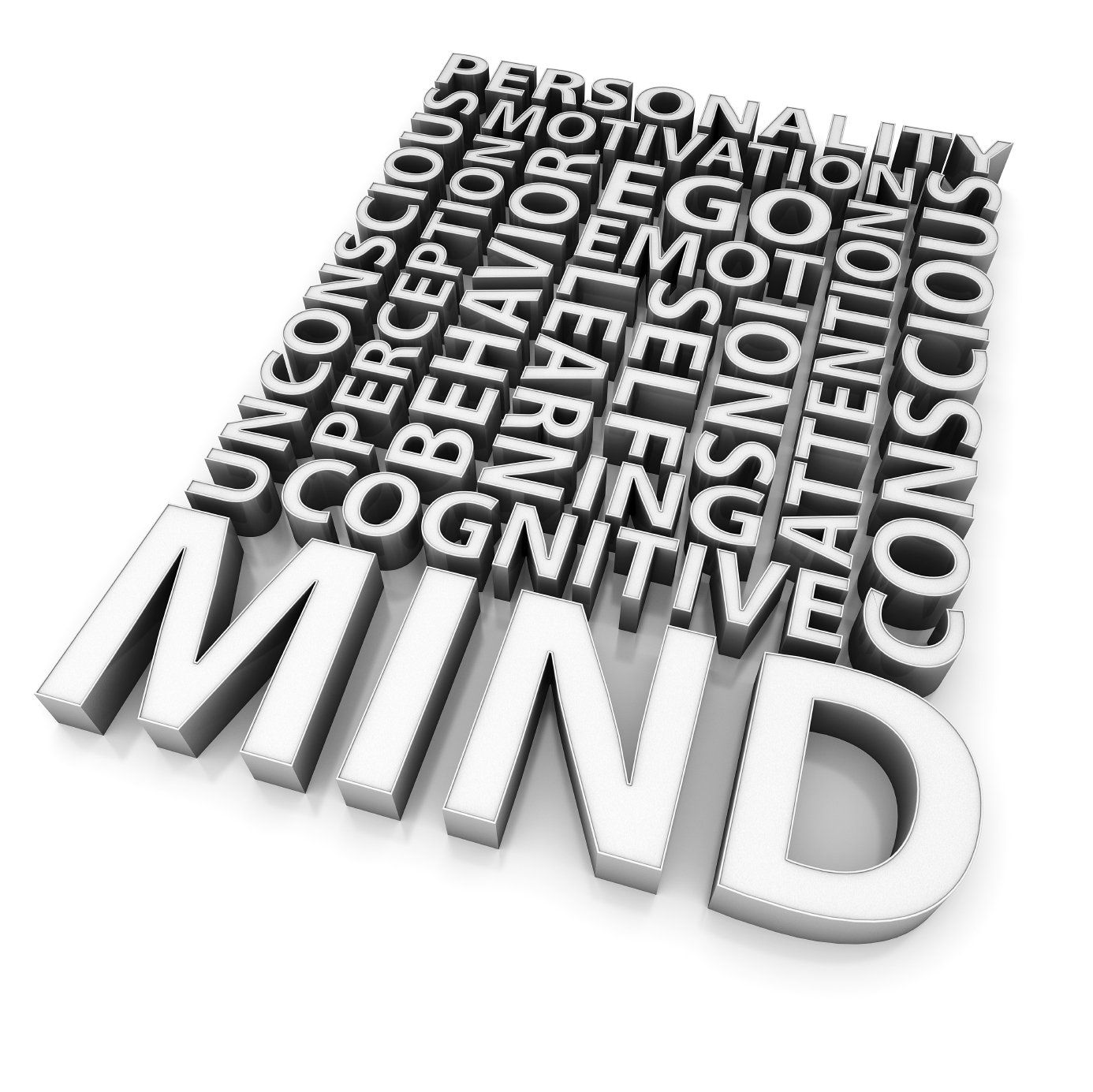-

Improve your life with Neurofeedback ...
Transform your life. Regain calm, serenity and joie de vivre.
Free trial 
Everyone can benefit
Non invasive and without side effect, It is adapted to all without age or physical conditions restrictions.
See how...-

Athletes
Improve your mental toughness, achieve better concentration and performance, diminish performance anxiety and faster recovery time....
Reach the Flow... 
Business leaders
Improve your productivity, your organizational skills, your resistance to stress...
Book your session ...
Find harmony in family
Improve your family dynamics by training together!
Discover How...
Seniors
Better cognition, better memory, joie de vivre...
Book a session...-

Children
To facilitate learning, improve concentration and regulate mood...
Understand How ... 
Teens
To regulate their moods, facilitate learning, make them resilient through this transition period...
Book an appointment...
NeurOptimal® non-linear neurofeedback
W here is neurofeedback coming from?
How does neurofeedback work?
What is neurofeedback ?
Where is neurofeedback coming from?
How does neurofeedback work?

The NeurOptimal® : the only non-linear system


NeurOptimal® dynamical neurofeedback versus linear neurofeedback
NeurOptimal® Linear systems Why is this important
Who can do neurofeedback?

Why use neurofeedback?





